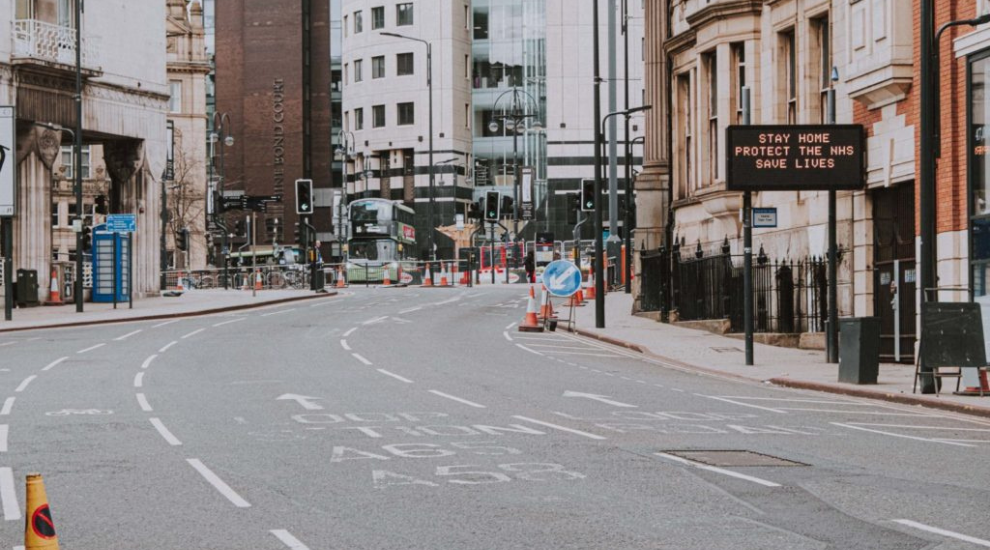As the COVID-19 pandemic forced us all into lockdown, traffic numbers showed a sharp decline. Traffic use dropped 75% around the world with the positive outcome of air pollution levels reducing dramatically. Much of this is down to the increasing number of those working from home and the drastic decrease in travel for leisure.
Martin Lamb, Prof Alan Stevens and Vijay Ramdas of the International Transport Experts Network (ITEN) consider the future of transport in the post-COVID future in an article for Thinking Highways
Before COVID-19, only 5% of UK workers were listed as working from home. This increased to around 50% in April once lockdown restrictions were put in place and an additional 20% had been furloughed. On top of this, companies have invested in hardware and software that allows employees to work from home, thus initiating conversations on whether this will continue after restrictions are lifted. There are also many retailers who have taken a hit with the closure of stores, some of which won’t be able to reopen.
All of the above will have an impact on how and how much travel once people are able to return to “normal”. With restrictions lifting slowly, the immediate future of traffic will involve lower levels than pre-COVID and, with more people choosing to work from home, this may impact on how much people are willing to travel for business.
A more serious risk post-COVID is a return to single car use due to social distancing and a reluctance to use public transport. Despite discussions and evidence gathering on the merits of road pricing, no UK Government as yet to implement it. Less congested roads are beneficial for emergency users, essential users and for on-time freight deliveries, it might be more acceptable to introduce some form of road pricing to suppress ‘leisure’/non-essential travel.
Read the full article on the H3B Connected website.


Recent Comments